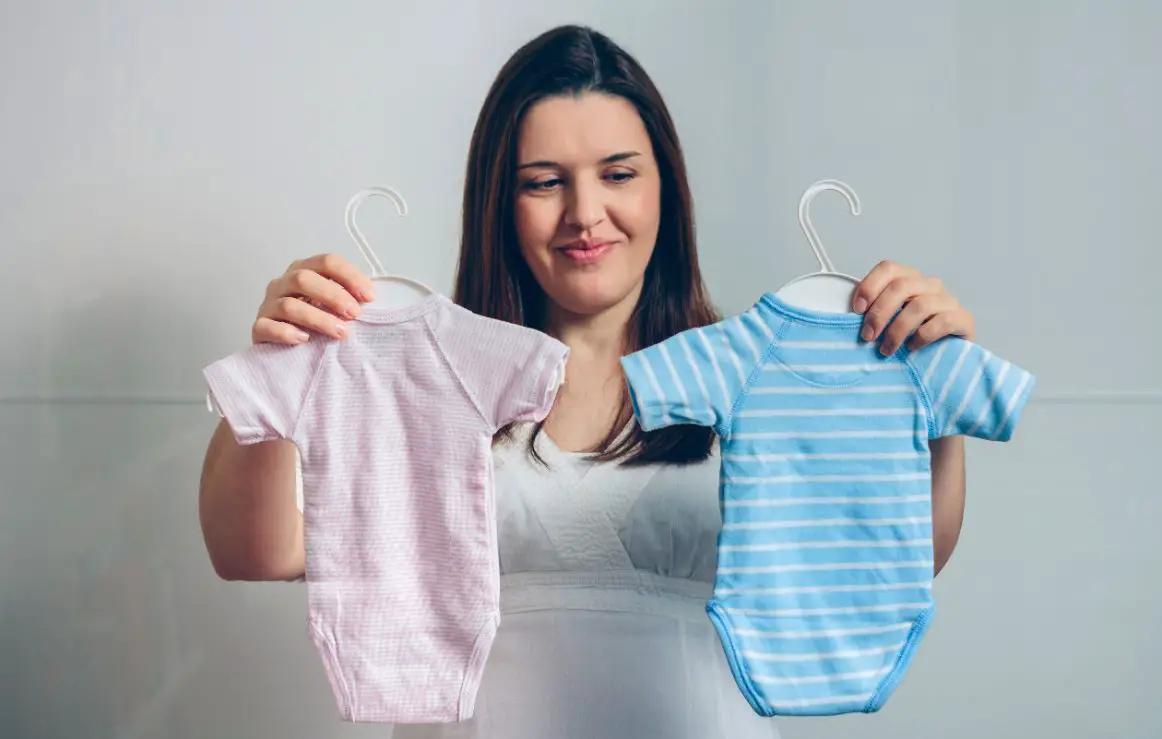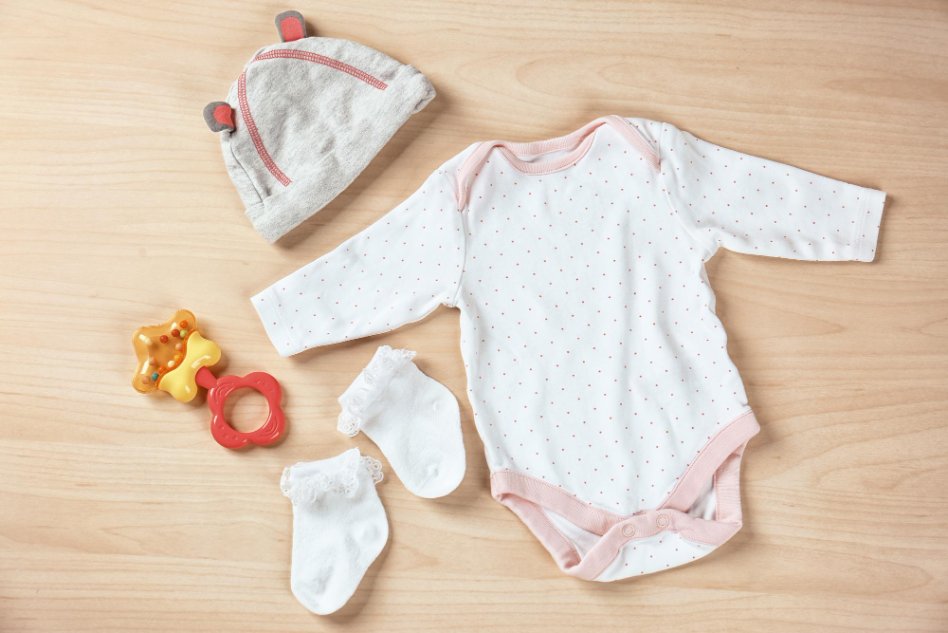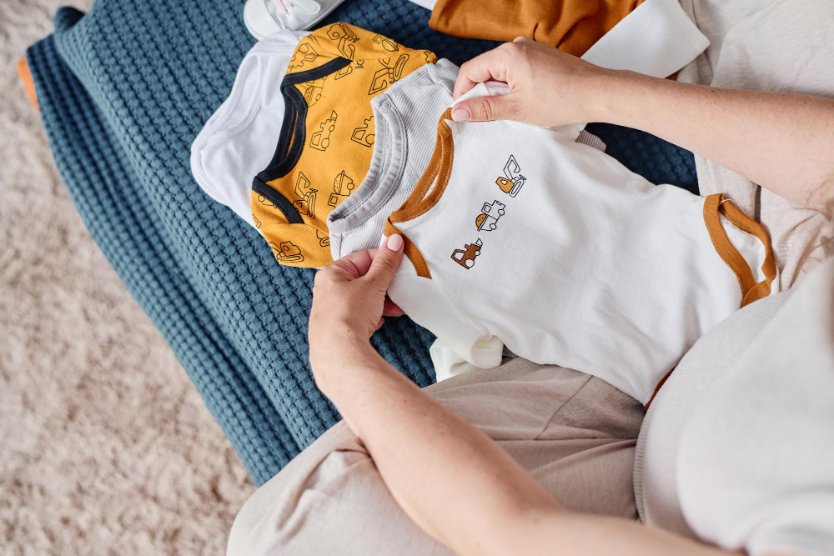Your ultimate resource for understanding baby clothing sizes, from newborn to toddler
Table of Contents
- Understanding the Basics: Newborn vs Infant
- Detailed Size Breakdown by Age and Weight
- Brand-by-Brand Sizing Comparison
- Seasonal Sizing Considerations
- Common Sizing Problems and Solutions
- International Sizing Guide
- Safety and Fit Guidelines
- Smart Buying Strategies
- Special Circumstances Sizing
- Frequently Asked Questions
Quick Answer
Newborn sizes typically fit babies weighing 5-8 pounds, while infant sizes (0-3 months) are designed for babies 8-12 pounds. Most babies wear newborn sizes for only 2-6 weeks, making it wise to buy fewer items in this size and focus on 0-3 month clothing. Use our hospital bag sizing checklist to plan the perfect wardrobe for your baby’s arrival.
Understanding the Basics: Newborn vs Infant
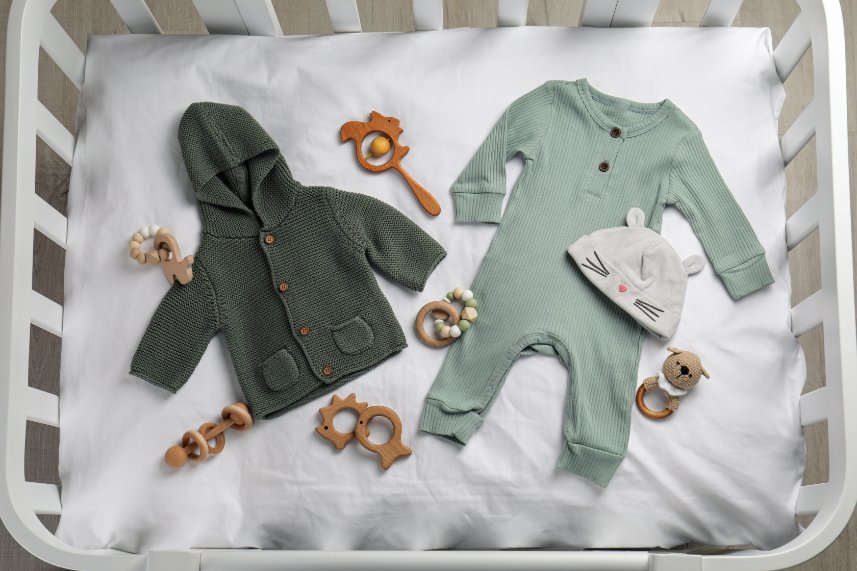
Is a Newborn the Same as an Infant?
While the terms are often used interchangeably, there are distinct differences when it comes to clothing sizes. A newborn refers specifically to babies in their first month of life, while an infant encompasses babies from birth to 12 months old.
What’s the Age Difference Between a Newborn and an Infant?
The newborn stage typically lasts from birth to about 2 months, though this varies by baby. The infant stage begins at birth and continues until around 12 months when toddler sizing begins.
Newborn (NB)
Weight: 5-8 pounds
Length: 17-21 inches
Duration: 2-6 weeks
0-3 Months
Weight: 8-12 pounds
Length: 21-24 inches
Duration: 2-4 months
3-6 Months
Weight: 12-16 pounds
Length: 24-27 inches
Duration: 3-4 months
Is Size 0 the Same as Newborn?
No, size 0 typically refers to 0-3 month sizing, which is larger than newborn. This common confusion leads many parents to buy the wrong size. Always check the specific weight and length ranges rather than relying on numerical sizing alone.
Is a 3 Month Old a Newborn?
No, a 3-month-old baby is considered an infant but not a newborn. The newborn phase typically ends around 2 months of age. By 3 months, most babies have transitioned to 3-6 month clothing sizes.
Detailed Size Breakdown by Age and Weight
| Size | Weight Range | Length Range | Typical Duration | Best For |
|---|---|---|---|---|
| Preemie | Up to 5 lbs | Up to 17 inches | Varies widely | Premature babies |
| Newborn | 5-8 lbs | 17-21 inches | 2-6 weeks | First month |
| 0-3 Months | 8-12 lbs | 21-24 inches | 2-4 months | Early infancy |
| 3-6 Months | 12-16 lbs | 24-27 inches | 3-4 months | Active babies |
| 6-9 Months | 16-20 lbs | 27-29 inches | 3-4 months | Crawling stage |
How Long Are Babies in Newborn Clothes?
Most babies wear newborn clothes for 2-6 weeks, depending on their birth weight and growth rate. Babies born at 8 pounds or more may skip newborn sizes entirely and go straight to 0-3 months. Track your baby’s growth patterns with our interactive growth tracking chart to predict when they’ll need the next size up.
What Size Do Babies Wear the Longest?
Typically, babies wear 3-6 month and 6-9 month sizes the longest, often for 3-4 months each. Growth slows slightly after the initial rapid newborn growth phase, allowing for longer wear times in these sizes.
Pro Tip: The One Extra Layer Rule
Dress your baby in one more layer than you’re wearing. If you’re comfortable in a t-shirt, your baby needs a onesie plus a light sweater. This helps ensure proper temperature regulation.
Brand-by-Brand Sizing Comparison
Different brands have significantly different sizing standards. Here’s how major brands compare:
Carter’s
Runs true to size but long and thin. Good for average-sized babies.
Gerber
Runs 1 size smaller. If baby wears 3M in Carter’s, buy 6M in Gerber.
Old Navy
Runs small and short. Size up for better fit.
Gap
Runs large, especially pants. Great for chunky babies.
Target Brands
Generally true to size with good quality.
H&M
Runs small. European sizing can be confusing.
Brand Sizing Conversion Chart
| Carter’s Size | Gerber Equivalent | Old Navy Equivalent | Gap Equivalent |
|---|---|---|---|
| Newborn | 0-3M | 0-3M | Newborn |
| 0-3M | 3-6M | 3-6M | 0-3M |
| 3-6M | 6-9M | 6-9M | 3-6M |
Important Note
Always check each brand’s specific size chart before purchasing. These are general guidelines, and individual items may vary even within the same brand.
Seasonal Sizing Considerations
The season your baby is born affects both sizing needs and quantity requirements. Here’s how to plan for different seasons:
Spring Babies (March-May)
- Variable weather requires layering options
- Buy lightweight fabrics in current size
- Stock up on summer clothes in larger sizes
- Consider natural fabrics for breathability
Summer Babies (June-August)
- Focus on lightweight, breathable materials
- Buy fewer layers, more individual pieces
- Plan ahead for winter clothes in larger sizes
- UV protection becomes important
Fall Babies (September-November)
- Start with warm layers in current size
- Buy winter clothes in next size up
- Focus on easy layering systems
- Consider winter clothing essentials
Winter Babies (December-February)
- Buy extra warm layers in current size
- Plan for spring clothes in larger sizes
- Focus on thermal regulation
- Consider indoor vs outdoor temperature needs
Seasonal Fabric Considerations
Different seasons require different fabric choices:
- Winter: Cotton, fleece, wool blends
- Spring: Light cotton, cotton blends
- Summer: Lightweight cotton, bamboo, linen blends
- Fall: Medium-weight cotton, light fleece
Common Sizing Problems and Solutions
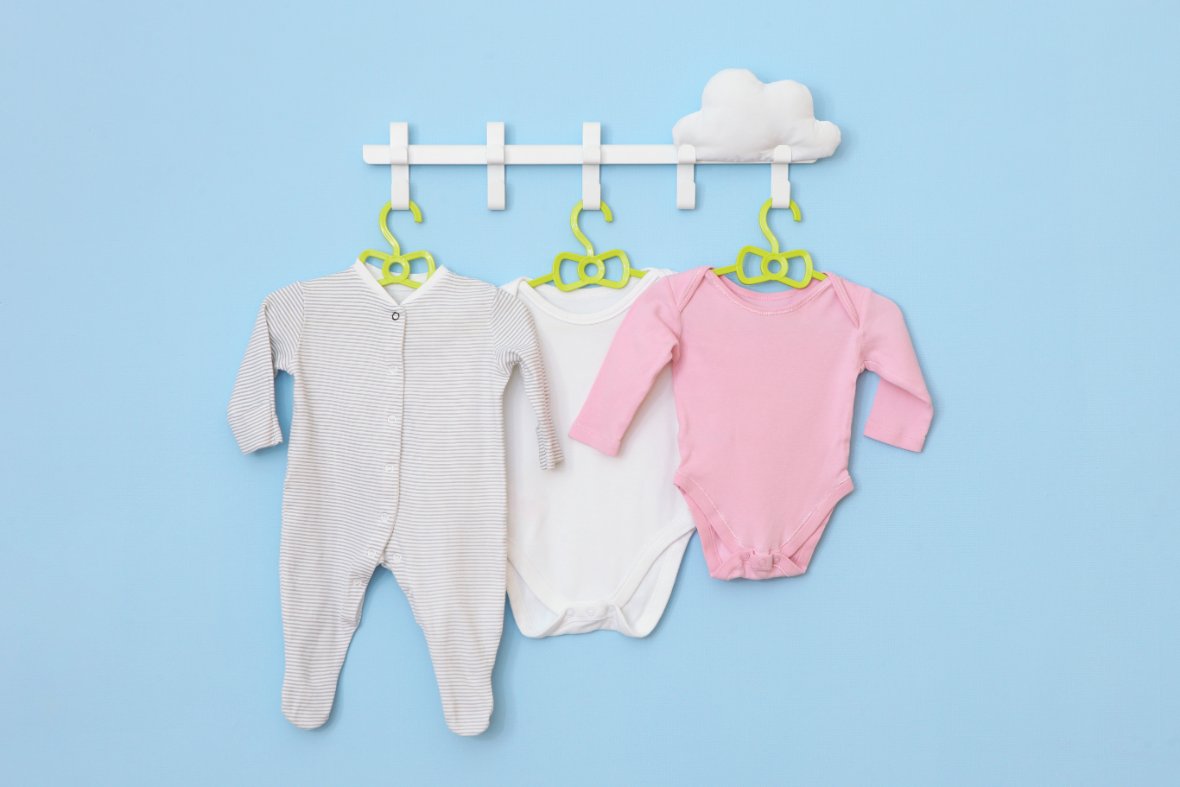
Problem 1: Baby Clothes Shrinking After First Wash
This is one of the most frustrating experiences for new parents. Here’s how to prevent and handle shrinkage:
Shrinkage Prevention Strategy
- Always read care labels before washing
- Wash in cold water (30°C or less)
- Air dry when possible, avoid high heat
- Buy one size larger if you prefer machine drying
- Pre-wash one item to test shrinkage before washing the whole batch
Problem 2: Clothes That Are Too Tight
Signs your baby’s clothes are too small:
- Red marks on skin after removing clothes
- Difficulty fastening snaps or zippers
- Baby seems uncomfortable or fussy when dressed
- Clothes ride up excessively
- Restricted arm or leg movement
Problem 3: Rapid Growth Spurts
Babies can outgrow clothes seemingly overnight. Here’s how to manage:
- Keep tags on until you’re sure of fit
- Buy a few items in the next size up as backup
- Focus on adjustable clothing with elastic waistbands
- Consider affordable baby clothes for rapid size changes
- Use our growth tracking tool to predict when your baby will outgrow their current size
Will 0 to 3 Months Fit a Newborn?
It depends on your baby’s size. Babies under 8 pounds will likely swim in 0-3 month clothes initially, but they’ll grow into them quickly. Babies over 8 pounds may fit 0-3 month sizes from birth.
International Sizing Guide
Shopping internationally or from European brands? Here’s how sizes convert:
| US Size | European Size | UK Size | Height (cm) | Age Guide |
|---|---|---|---|---|
| Newborn | 50-56 | Newborn | 50-56 cm | 0-1 month |
| 0-3M | 62-68 | 0-3M | 62-68 cm | 1-3 months |
| 3-6M | 74 | 3-6M | 74 cm | 3-6 months |
| 6-9M | 80 | 6-9M | 80 cm | 6-9 months |
Is 3,6 and 6 Months the Same?
No, these represent different sizing systems. “3,6” typically means 3-6 months (a size range), while “6 months” usually means up to 6 months. Always check the specific measurements provided by the brand.
What Size is 6 to 12 Months in Baby Clothes?
6-12 month clothing typically fits babies weighing 16-22 pounds and measuring 27-30 inches long. This size is often worn from around 6 months to their first birthday, making it a good investment size.
Safety and Fit Guidelines
Critical Safety Information
Proper fit isn’t just about comfort – it’s about safety. Ill-fitting clothes can pose serious risks to your baby.
Car Seat Safety
Never put your baby in a car seat wearing bulky winter clothes. The padding can compress in an accident, making the harness too loose. Instead:
- Dress baby in thin layers
- Put coat on after buckling into car seat
- Use car seat covers or blankets for warmth
- Check harness fit regularly as baby grows
Sleep Safety
Sleep clothing should be snug-fitting to meet fire safety standards:
- Pajamas should fit close to the body
- Avoid loose sleepwear that can bunch up
- Check for proper sleep clothing guidelines
- Ensure no loose threads or decorations
Temperature Regulation
Babies can’t regulate their body temperature like adults. Signs of overheating include:
- Sweating
- Flushed cheeks
- Rapid breathing
- Hot chest or back of neck
Smart Buying Strategies
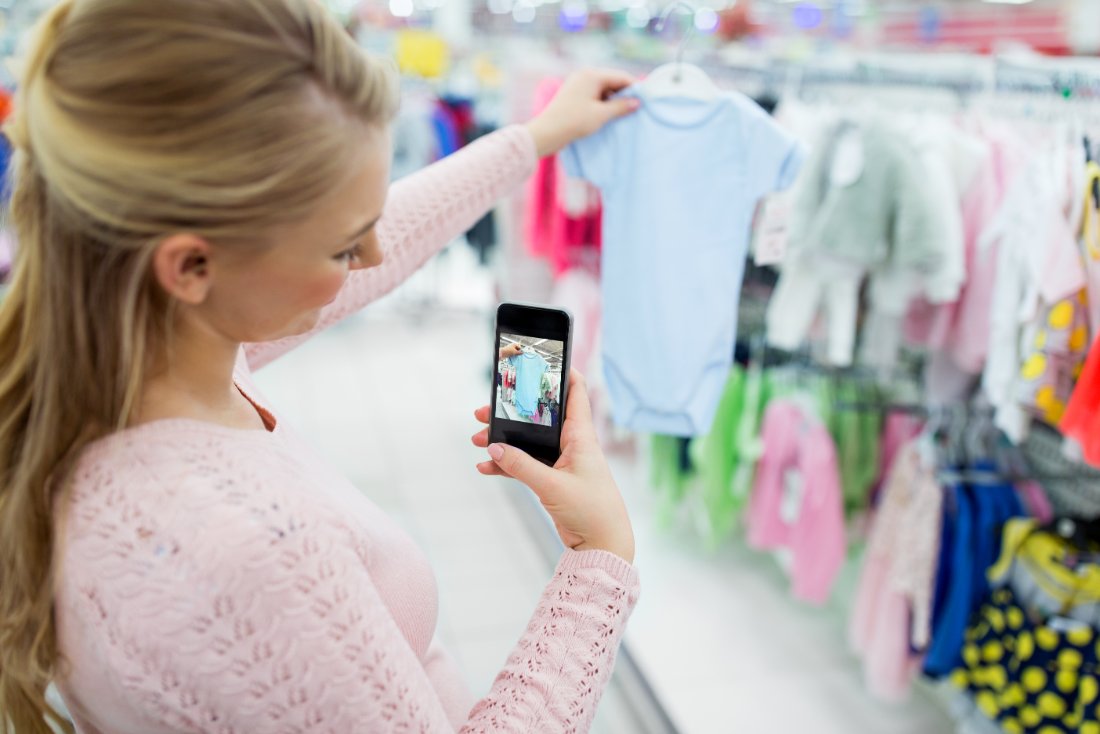
Should I Buy More Newborn or 0-3 Months?
Focus more on 0-3 month sizes. Here’s the ideal distribution:
- Newborn: 3-5 onesies, 2-3 sleepers, 1-2 outfits
- 0-3 Months: 8-10 onesies, 6-8 sleepers, 4-5 outfits
Should I Buy Newborn or Size 1?
If you’re referring to diapers, most babies start with newborn diapers (up to 10 lbs) then move to size 1 (8-14 lbs). For clothes, always check weight ranges rather than size numbers.
Size Selection Decision Flow
Budget-Friendly Shopping Tips
- Buy basics in multipacks for better value
- Invest in quality for frequently worn items
- Shop end-of-season sales for next year’s sizes
- Consider hand-me-downs and reusable options
- Focus spending on 3-6 month and 6-9 month sizes (worn longest)
- Buy gender-neutral basics for future children
Do I Need Newborn Size Clothes?
It depends on your baby’s expected size:
- Yes, if: Family history of smaller babies, first baby, or ultrasound suggests under 7 lbs
- Maybe: Expected weight 7-8 lbs – buy a few items
- Probably not: Expected weight over 8 lbs or family history of large babies
Use our printable hospital bag checklist tool to create a personalized packing list based on your baby’s expected size and due date.
What Size to Buy a Newborn?
For gifts or pre-birth shopping, 0-3 months is the safest choice. Most babies will fit this size within their first few weeks, and it provides room to grow. Our baby growth tracking chart can help predict when your baby will outgrow different sizes based on their growth pattern.
Special Circumstances Sizing
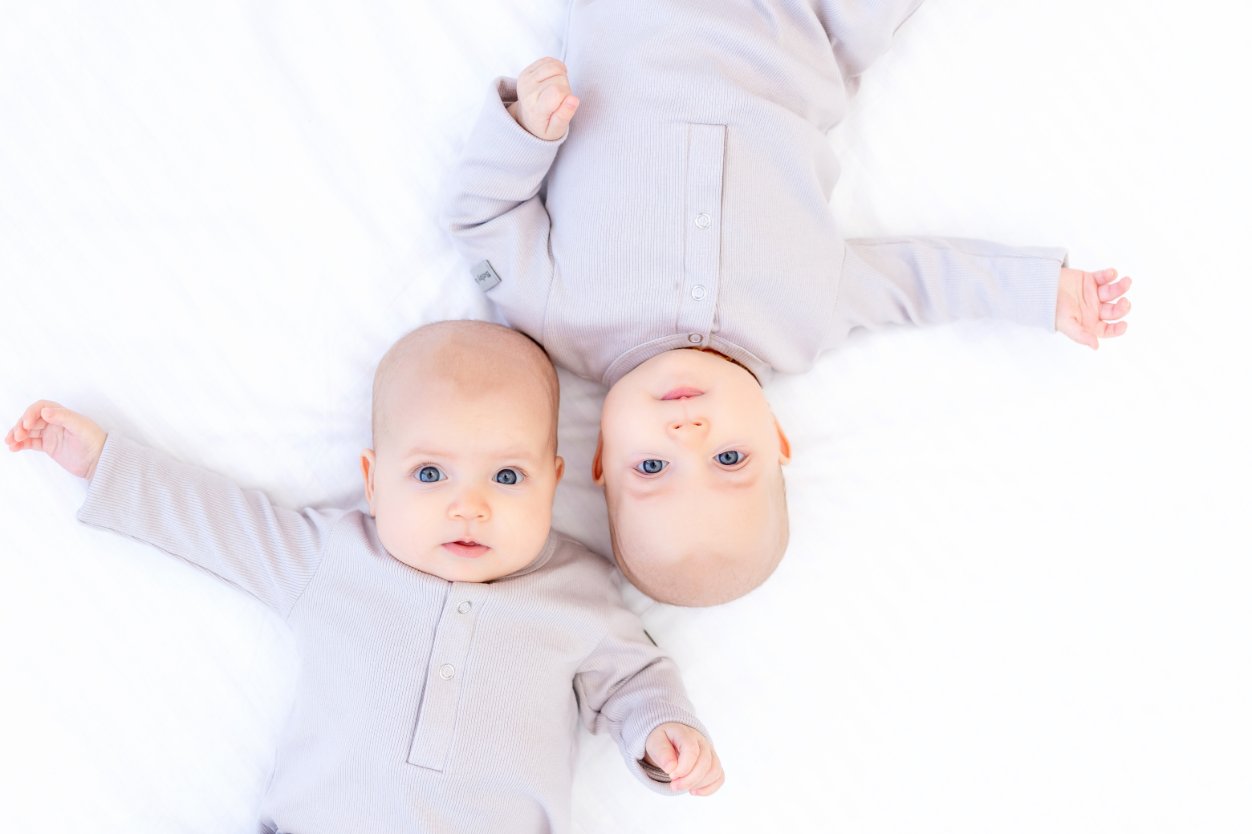
Premature Baby Sizing
Preemie clothes are essential for babies born before 37 weeks or weighing less than 5 pounds:
- Micro Preemie: Under 2 lbs, specialized NICU clothing
- Preemie: 2-5 lbs, available at most major retailers
- Features include front openings for medical access
- Softer seams and NICU-friendly designs
- May need these sizes for weeks or months
Twins and Multiples
Shopping for multiples requires different strategies:
- Twins are often smaller at birth – stock up on newborn and preemie sizes
- Buy in bulk for better pricing
- Consider color-coding for easy identification
- Focus on easy-care fabrics due to increased laundry
Different Body Types
Not all babies fit standard sizing charts:
- Long and lean babies: May need larger sizes for length but smaller for weight
- Chunky babies: May need larger sizes for weight but not length
- Short and stocky babies: Look for brands that run shorter and wider
What Size Do Newborns Wear in Shoes?
Newborns typically wear size 0-1 in baby shoes, but shoes aren’t necessary for newborns. Focus on:
- Soft-soled booties for warmth
- Socks with grips for traction when crawling starts
- Proper shoes only when baby starts walking (usually 9-15 months)
Frequently Asked Questions
Babies are typically considered newborns for the first 2 months of life. After 2 months, they’re referred to as infants until their first birthday.
Around 3 months, babies develop better sleep patterns, their digestive systems mature (reducing colic), and they become more alert and interactive. This coincides with transitioning to 3-6 month clothing sizes.
Babies over 2 months old are no longer considered newborns. They’re classified as infants until 12 months, then toddlers from 12-36 months.
Not necessarily. “6M” typically means “up to 6 months,” while “3-6M” indicates a range for babies 3-6 months old. The 3-6M size is usually larger and designed for babies who have outgrown the 0-3M size.
Yes, a 6-month-old baby is considered an infant. The infant stage lasts from birth to 12 months. At 6 months, babies typically wear 6-9 month clothing sizes.
The infant stage typically ends at 12 months (1 year), when children transition to the toddler stage. In clothing terms, this is when sizes change from monthly ranges (like 12M) to toddler sizes (like 2T).
At exactly 12 months, a child is transitioning from infant to toddler. Most developmental experts consider 12+ months as the toddler stage, which coincides with the transition to toddler clothing sizes.
The characteristic newborn “scrunch” position (curled up like in the womb) typically lasts 6-8 weeks. As babies unfurl and stretch out, they may need larger clothing sizes even if their weight hasn’t changed dramatically.
Newborns can recognize their mother’s voice, smell, and face within days of birth. This recognition develops alongside their growth into larger clothing sizes during the first few months.
Yes, 3-6 month clothing will be too big for most newborns initially. However, babies grow quickly, and they’ll likely fit this size by 2-4 months of age, making it a good investment purchase.
Key Takeaways and Recommendations
- Size by weight, not age: Always check weight ranges rather than age labels when selecting baby clothes
- Buy strategically: Purchase fewer newborn items and focus on 0-3 month sizes for better value
- Brand matters: Different brands fit differently – Carter’s runs true to size, Gerber runs small, Gap runs large
- Seasonal planning: Consider the season when planning purchases and focus on appropriate fabric types
- Safety first: Ensure proper fit for car seats, sleep safety, and temperature regulation
- Account for shrinkage: Wash in cold water and air dry when possible, or size up if you prefer machine drying
- International sizing: European sizes are based on height in centimeters, not age ranges
- Growth spurts: Keep some clothes in the next size up as backup for rapid growth periods
- Special circumstances: Premature babies, multiples, and different body types may require adjusted sizing strategies
- Quality investment: Spend more on items worn frequently (onesies, sleepers) and sizes worn longest (3-6M, 6-9M)
Conclusion
Understanding baby clothing sizes doesn’t have to be overwhelming. The key is focusing on your baby’s actual measurements rather than age labels, and remembering that every baby grows at their own pace. Newborn sizes typically fit babies weighing 5-8 pounds for the first 2-6 weeks, while 0-3 month sizes accommodate babies weighing 8-12 pounds and are often the better investment for new parents.
Brand differences are significant – Carter’s runs true to size, Gerber runs small, and Gap runs large – so always check specific brand sizing charts. Seasonal considerations affect both fabric choices and quantity needs, while safety concerns like car seat compatibility and sleep safety should never be overlooked.
For parents expecting their first baby, start with a few newborn essentials and focus your budget on 0-3 month clothing. Keep tags on items until you’re sure of fit, and don’t be afraid to exchange sizes as your baby grows. Remember that the 3-6 month and 6-9 month sizes typically offer the best value since babies wear them longest.
Whether you’re dealing with premature babies, multiples, or just trying to navigate the confusing world of infant clothing sizes, the most important thing is ensuring your baby is comfortable, safe, and appropriately dressed for their environment. With proper planning and understanding of sizing principles, you can build a functional wardrobe that grows with your baby while staying within budget.
For more guidance on essential newborn clothing items and top baby clothing brands, explore our comprehensive guides to make informed decisions for your little one’s wardrobe.
Expert References
This guide incorporates recommendations from pediatricians, child development experts, and real parent experiences. For additional information on infant growth and development, consult resources from the American Academy of Pediatrics, CDC Growth Charts, and HealthyChildren.org.

